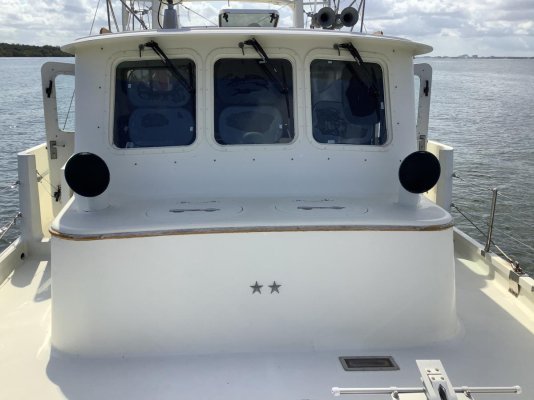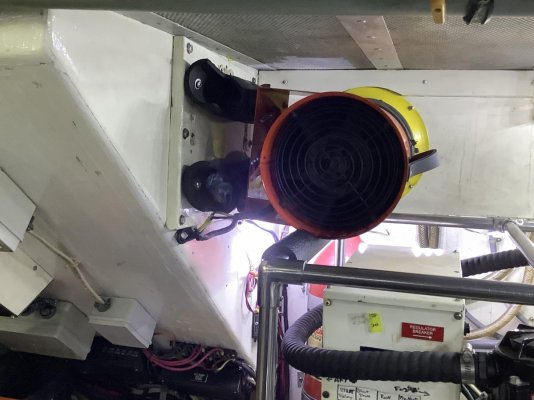Redhook98
Senior Member
- Joined
- Jun 26, 2019
- Messages
- 365
- Location
- US
- Vessel Name
- Tatoosh
- Vessel Make
- 1979 49ft Marine Trader RPH
Not sure where the original air inlets were for my 1979 49ft MT RPH. They are now located under the walkway steps and dump down into the ER with small vents. There are no built in blowers or ventilation in my ER.
Went for an 8 hour shakedown cruise last weekend. Engine room was quite hot when I returned. I estimate maybe 120 degrees. Both engines (FL120)s and gen going entire time. Did these older MTs originally come with forced ER ventilation? Just bought a Jabsco HD 4-inch flange mount blower to exhaust the ER. Sufficient?
Went for an 8 hour shakedown cruise last weekend. Engine room was quite hot when I returned. I estimate maybe 120 degrees. Both engines (FL120)s and gen going entire time. Did these older MTs originally come with forced ER ventilation? Just bought a Jabsco HD 4-inch flange mount blower to exhaust the ER. Sufficient?




